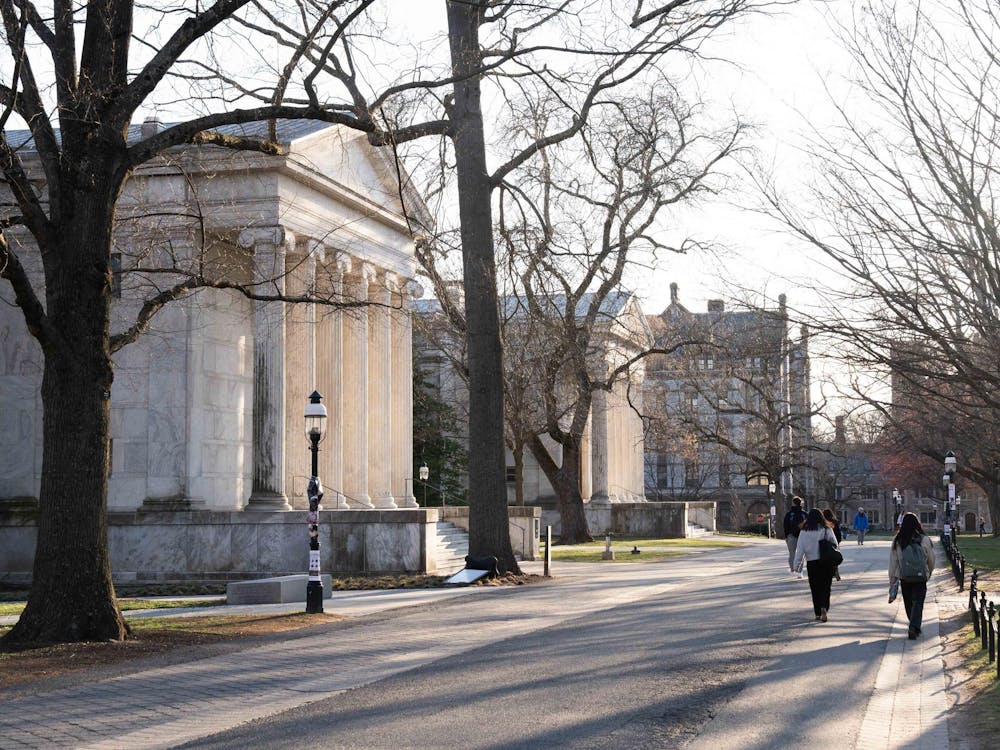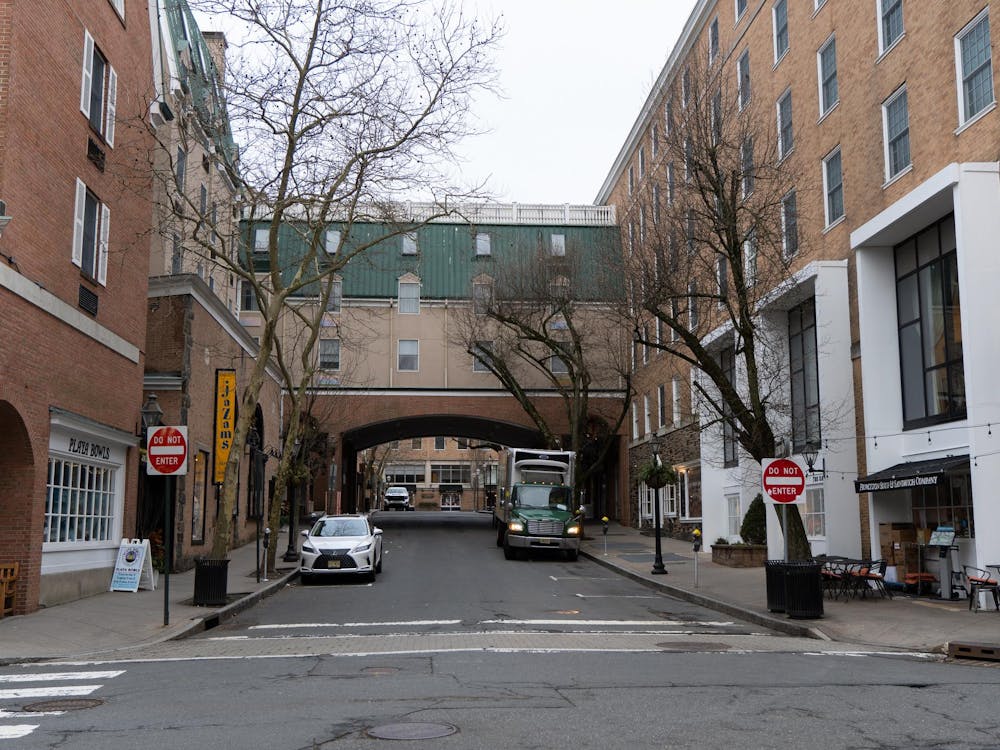People don't have adequate power to make needed changes to society, Lawrence Hamm ’78, chairman of the People’s Organization for Progress, a social and economic activism organization, said in a lecture on Tuesday.
“Ultimately, that’s what we’re struggling for: to empower people," Hamm said.
Hamm said he began his work as a student activist in Newark in 1971.
“Newark is a key center among several centers for the black liberation movement,” Hamm said. “Newark had been an apartheid city. It was a city with a predominantly black population that was controlled by a white power structure.”
At the University, where he was known by the name “Adhimu Chunga,” which means “important youth” in Swahili,Hamm was active in leading student movements, particularly in getting the University to divest from companies with links to apartheid in South Africa. His impact at the University is recounted in the documentary film, “Blacks at Princeton.”
Hamm also discussed the lesser-known contributions of slaves to the present-day United States.
“The capital that was used to build Princeton and Harvard and Brown and other universities was from the slave trade,” Hamm said. “That citadel of democracy, Washington, D.C., was built with slave labor. Where the leader of the so-called free world sits was built with slave labor.”
After watching the film“Selma,” some people believe that Jim Crow was only a Southern phenomenon, Hamm added.

“But I am here to tell you that [Jim Crow] was a national phenomenon,” he said. “The approach may have been different in the North, but the practices were basically the same.”
Slavery was as much a part of the North as it was a part of the South, Hamm said.
“Where Wall Street is located today in New York City was in fact where the auction block was located,” he noted.
Black soldiers in the Union Army also made important contributions during the Civil War, but they could not be buried in the same cemeteries as white soldiers, Hamm said.

“Jim Crow was from cradle to grave,” he said. “In the final analysis, it took gun and cannon and soldiers to bring the institution of slavery down and relegate it to the trash bin forever.”
The number of white supremacist organizations that still exist in the United States is 256, Hamm said.
“From where I stand, racism is as bad today as it was in 1968 when Dr. King was assassinated,” he said.
He added that the history of slavery and the civil rights movement are still relevant to events today.
“I hear white people all the time ask me, ‘Why can’t you get over it?’ Because we stand forever in the vortex of history, and you can’t understand the present unless you understand the past,” he said. “You can’t understand what’s going on in America today unless you understand the problem of race. And it’s our failure to confront and adequately discuss and uncover the roots of the problem that help this problem to continue.”
The country is in need of a new civil rights movement, Hamm said in closing.
The lecture took place in McCormick Hall 101 at 5 p.m. on Tuesday and was sponsored by the Black History Month Committee.







